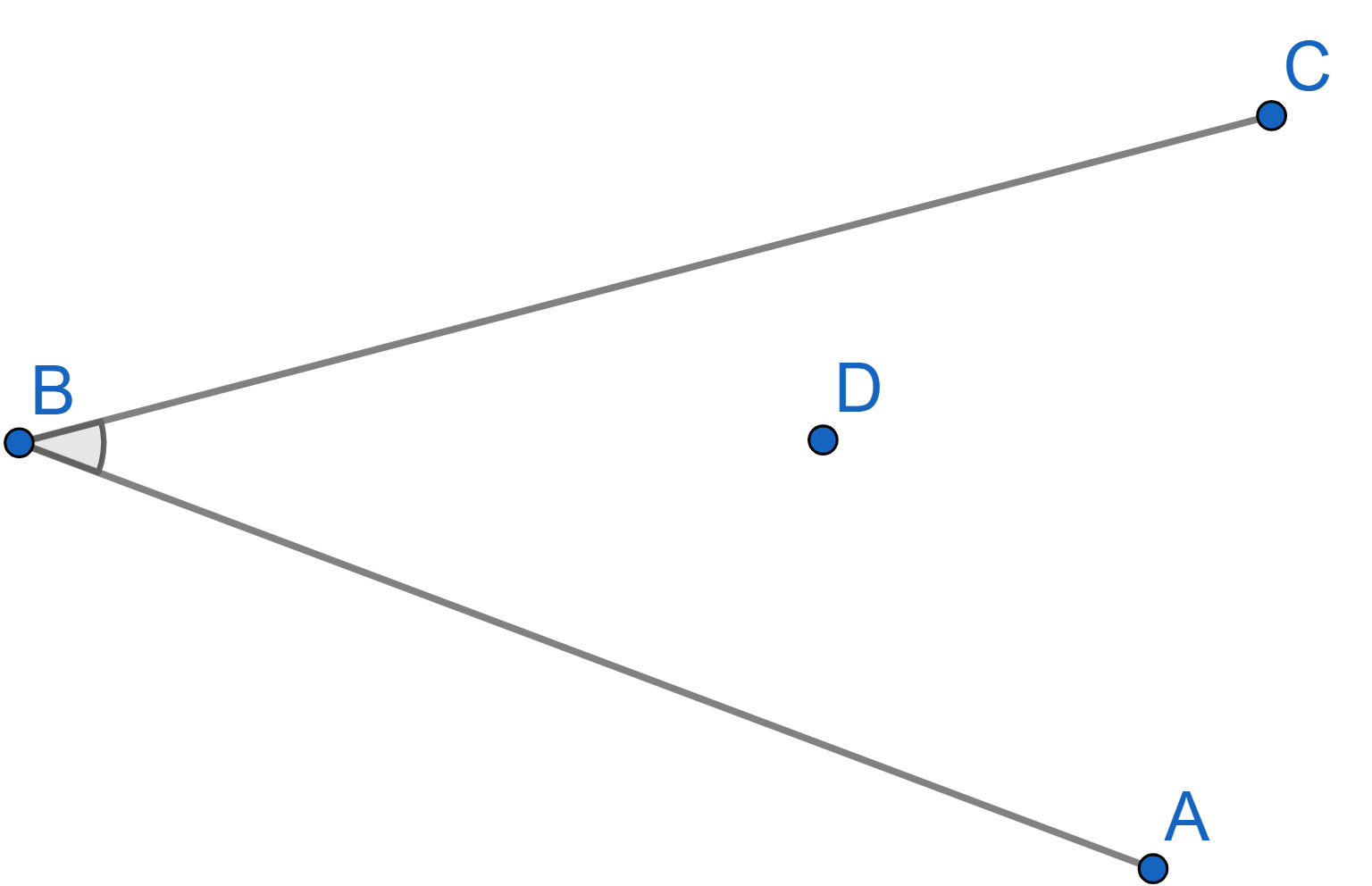Problems
The distance from school to the monument in the town centre is \(4.2\) km and the distance from Anna’s house to school is \(0.7\) km. Given that the distance from Anna’s house to the monument is an integer number of kilometres, what is this distance?
Tom and his grandma live on the same side of a straight river. Tom wants to visit his grandma, but also wants to stop by the river and fill his bottle with water. What is the shortest path that starts at his house, touches the river and ends at his grandma’s house?
A point \(P\) is somewhere inside the triangle \(\triangle ABC\). Show that \(AP + BP < AC + BC\).
The distance between London and Warsaw equals \(1450\) km, between Warsaw and Kyiv is \(680\) km. The distance from London to New Delhi, is \(6700\) km and the distance from Kyiv to New Delhi is \(4570\) km. What is the distance from London to Kyiv?
Show that for any three points on the plane \(A,B\) and \(C\), \(AB \ge |BC - AC|\).
Show that if all sides of a triangle have integer lengths and one of them is equal to \(1\), then the other two have lengths equal to each other.
Two villages lie on the opposite sides of a river whose banks are straight lines. A bridge is to be built over the river perpendicular to the banks. Where should the bridge be built so that the path from one village to the other is as short as possible?
Quadrilateral \(ABCD\) is situated completely inside a quadrilateral \(EFGH\). Prove that the perimeter of \(ABCD\) is smaller than the perimeter of \(EFGH\).
A billiard ball lies on a table in the shape of an acute angle. How
should you hit the ball so that it returns to its starting location
after hitting each of the two banks once? Is it always possible to do
so?
(When the ball hits the bank, it bounces. The way it bounces is
determined by the shortest path rule – if it begins at some point \(D\) and ends at some point \(D'\) after bouncing, the path it takes
is the shortest possible path that includes the bounce.)

There are \(n\) mines and \(n\) cities scattered across the land, it is known that no three objects (mines, or cities) belong to one line. Every mine has to have a rail connection to exactly one city. Railways have to be straight and cannot cross other railways. Is it always possible?